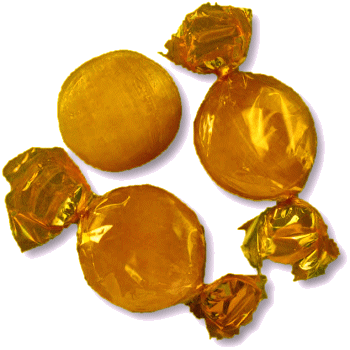




WELCOME TO An Entertainment Site for Scottish Country Dancers - Enjoy the curated selection of theme-related dances for celebrations and holidays, or find a dance associated with a special calendar day, or EVEN your own birthday!
Butterfly Day
Oct 3
Other Scottish Country Dances for this Day
Today's Musings, History & Folklore
"Two butterflies went out at noon
And waltzed above a stream,
Then stepped straight through the firmament
And rested on a beam"
~ "Two Butterflies Went Out at Noon", Emily Dickinson, 1924
This 64 bar reel contains a winged-butterfly evoking Tulloch turn and rights-and-lefts, chains, and promenades to suggest the never settligng and flitter-flutter of butterflies in a field of flowers! Of Scottish butterflies, the White-Letter Hairstreak, a small brown butterfly with a delicate white “W” on the underside of its hindwings, was thought to have disappeared from Scotland after its last sighting in 1884. However, in the summer of 2017, this elusive butterfly was spotted once again around the wych elms near Lennel in the Scottish Borders. For this rare species to thrive, it relies on both nectar-rich flowers for nourishment and specific host plants where its caterpillars can feed and grow. Wych elm trees play a crucial role, as female Hairstreaks will only lay their eggs on these hosts, ensuring a future for this beautiful butterfly amidst Scotland's natural landscapes. Flitter flutter! 🤎 💗 💜 💙 💚 🦋 🦋 🦋
Scottish Butterfly
October 3rd is Butterfly Day! In Scots-Gaelic, butterfly is "dearbadan-de" or "dealan-dé".
In Scottish folklore, butterflies could indicate good or bad luck, depending on the colour.
The appearance of a yellow butterfly represents a good omen. It was once believed that a golden butterfly near a deceased person's resting place indicated that the soul is in heaven. A golden butterfly near a dying person was thought to be an omen of eternal happiness for the dying person.
In the past, children would capture and keep white butterflies for good luck, feeding them with sugared water, while dark brown and spotted Tortoise-shell butterflies were considered unlucky "witch butterflies."
Today there are about 30 or more species of butterflies found regularly in Scotland (and many more moths).
Recently, a White Letter Hairstreak butterfly was sighted in Scotland, the first time since 1884!
And in other positive news, the Comma butterfly, once thought to be dying out in the UK, has seen a huge resurgence in numbers in Scotland.
For a complete identification guide for Scottish butterflies, click the newly spotted rare White Letter Hairstreak Butterfly.
Click the dance cribs or description below to link to a printable version of the dance!



